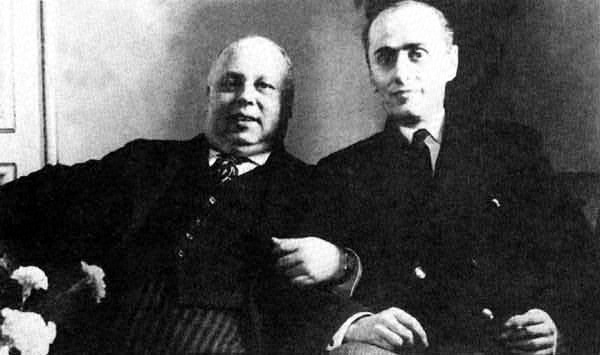|
Independence Of Lebanon
Lebanese Independence Day ( ar, عيد الإستقلال اللبناني, translit=Eid Al-Istiqlal, lit=Festival of the Independence; french: Indépendance du Liban) is the national day of Lebanon, celebrated on 22 November in commemoration of the end of the French Control over Lebanon in 1943, after 23 years of Mandate rule. Pre-Independence period While the Lebanese have been in a constant struggle for independence from foreign powers since the age of the Old Testament, the modern struggle for Lebanese independence can be traced back to the emergence of Fakhr-al-Din II in the late 16th century, a Druze chief who became the first local leader in a thousand years to bring the major sects of Mount Lebanon into sustained mutual interaction. Fakhr-al-Din also brought western Europe back to Mount Lebanon. The French traveler Laurent d'Arvieux observed massive French commercial buildings in Sidon, Fakhr-al-Din's political centre, where bustling crowds of Muslims, Maronites, Or ... [...More Info...] [...Related Items...] OR: [Wikipedia] [Google] [Baidu] |
Lebanon
Lebanon ( , ar, لُبْنَان, translit=lubnān, ), officially the Republic of Lebanon () or the Lebanese Republic, is a country in Western Asia. It is located between Syria to Lebanon–Syria border, the north and east and Israel to Blue Line (Lebanon), the south, while Cyprus lies to its west across the Mediterranean Sea; its location at the crossroads of the Mediterranean Basin and the Arabs, Arabian hinterland has contributed to History of Lebanon, its rich history and shaped Culture of Lebanon, a cultural identity of demographics of Lebanon#Religious groups, religious diversity. It is part of the Levant region of the Middle East. Lebanon is home to roughly six million people and covers an area of , making it the List of countries and dependencies by area, second smallest country in continental Asia. The official language of the state is Arabic, while French language, French is also formally recognized; the Lebanese Arabic, Lebanese dialect of Arabic is used alongside Mo ... [...More Info...] [...Related Items...] OR: [Wikipedia] [Google] [Baidu] |
1860 Druze–Maronite Conflict
The 1860 civil conflict in Mount Lebanon and Damascus (also called the 1860 Syrian Civil War) was a civil conflict in Mount Lebanon during Ottoman rule in 1860–1861 fought mainly between the local Druze and Christians. Following decisive Druze victories and massacres against the Christians, the conflict spilled over into other parts of Ottoman Syria, particularly Damascus, where thousands of Christian residents were killed by Muslim and Druze militiamen as ethnic cleansing. The fighting precipitated a French-led international military intervention. Background The relationship between the Druze and Christians has been characterized by harmony and coexistence, with amicable relations between the two groups prevailing throughout history. After the Shehab dynasty converted to Christianity, the Druze lost most of their political and feudal powers. Also, the Druze formed an alliance with Britain and allowed Protestant Christian missionaries to enter Mount Lebanon, creating tension ... [...More Info...] [...Related Items...] OR: [Wikipedia] [Google] [Baidu] |
Jibran Khalil Jibran
Gibran Khalil Gibran ( ar, جُبْرَان خَلِيل جُبْرَان, , , or , ; January 6, 1883 – April 10, 1931), usually referred to in English as Kahlil Gibran (pronounced ), was a Lebanese-American writer, poet and visual artist, also considered a philosopher although he himself rejected the title. He is best known as the author of '' The Prophet'', which was first published in the United States in 1923 and has since become one of the best-selling books of all time, having been translated into more than 100 languages. Born in a village of the Ottoman-ruled Mount Lebanon Mutasarrifate to a Maronite family, the young Gibran immigrated with his mother and siblings to the United States in 1895. As his mother worked as a seamstress, he was enrolled at a school in Boston, where his creative abilities were quickly noticed by a teacher who presented him to photographer and publisher F. Holland Day. Gibran was sent back to his native land by his family at the age of ... [...More Info...] [...Related Items...] OR: [Wikipedia] [Google] [Baidu] |


